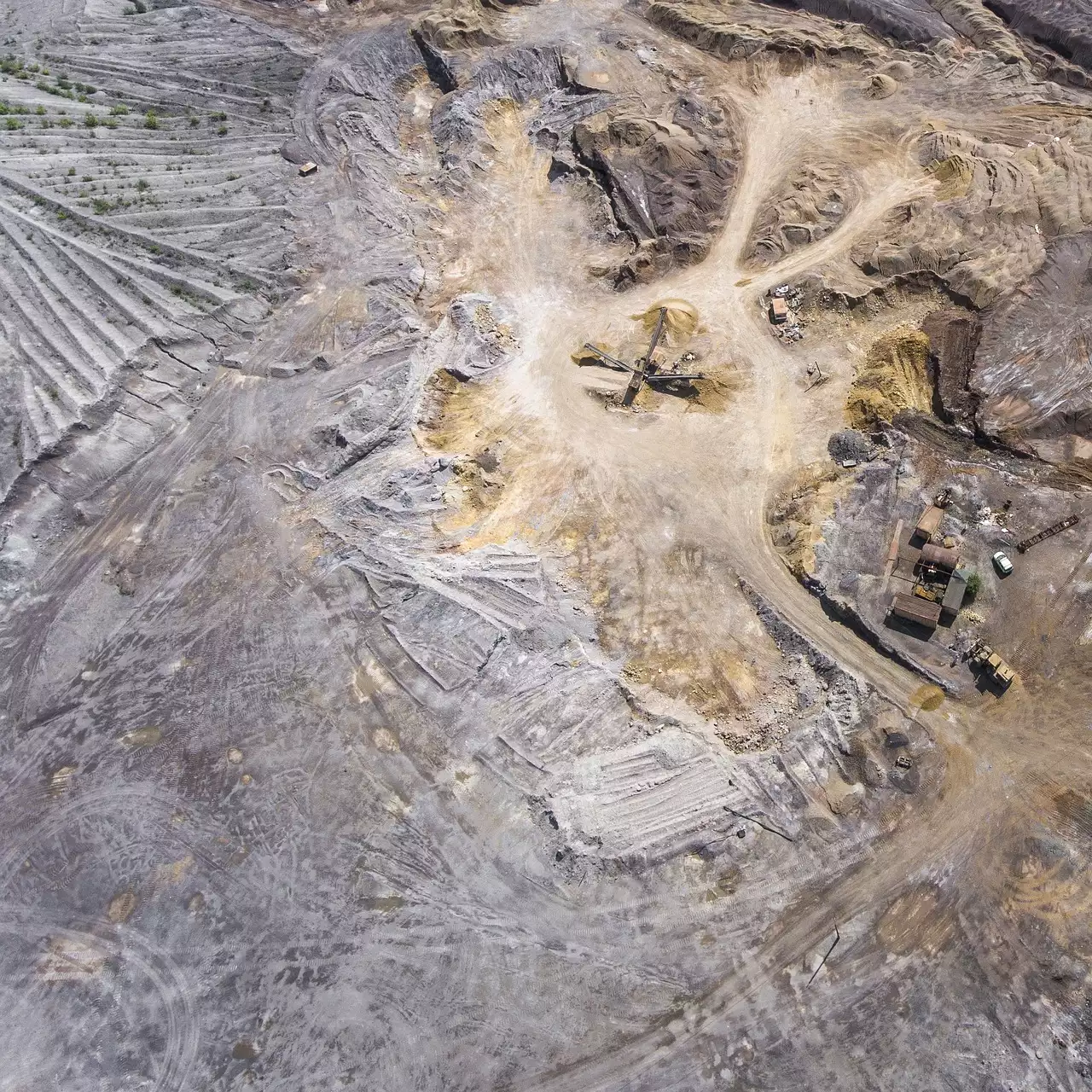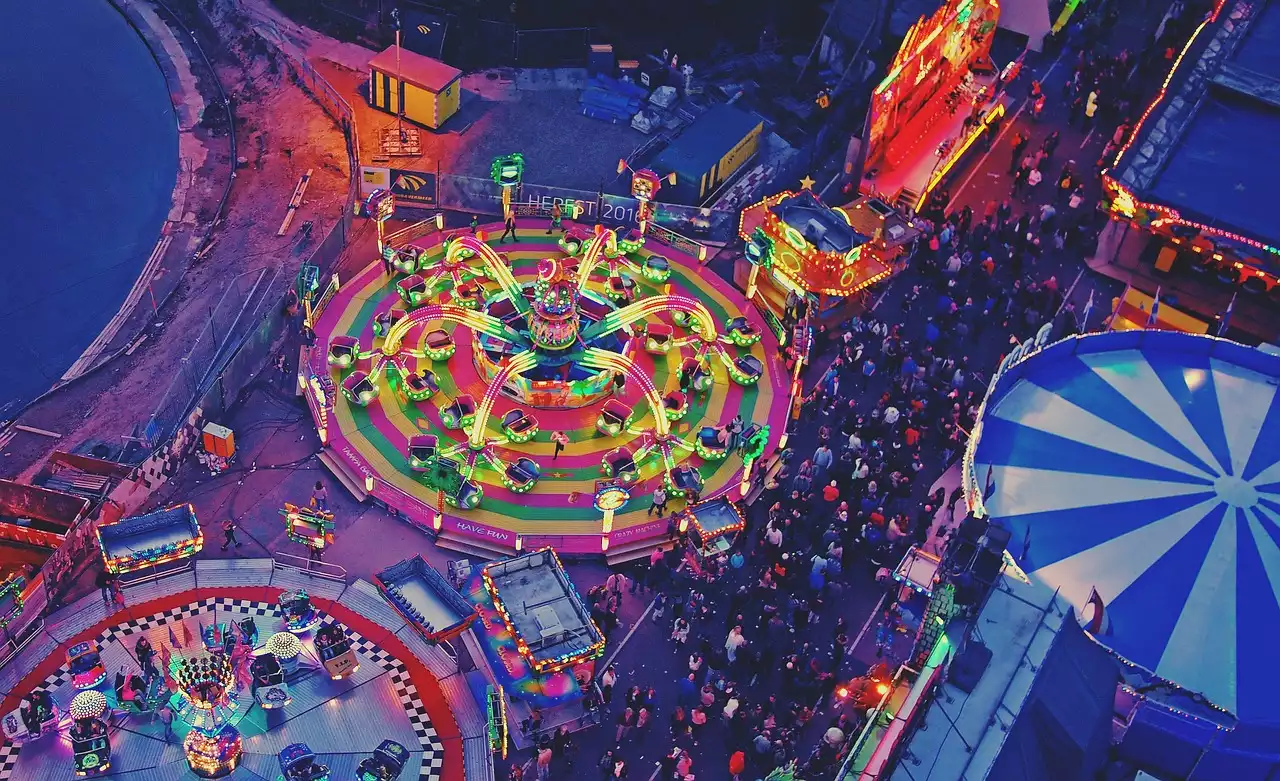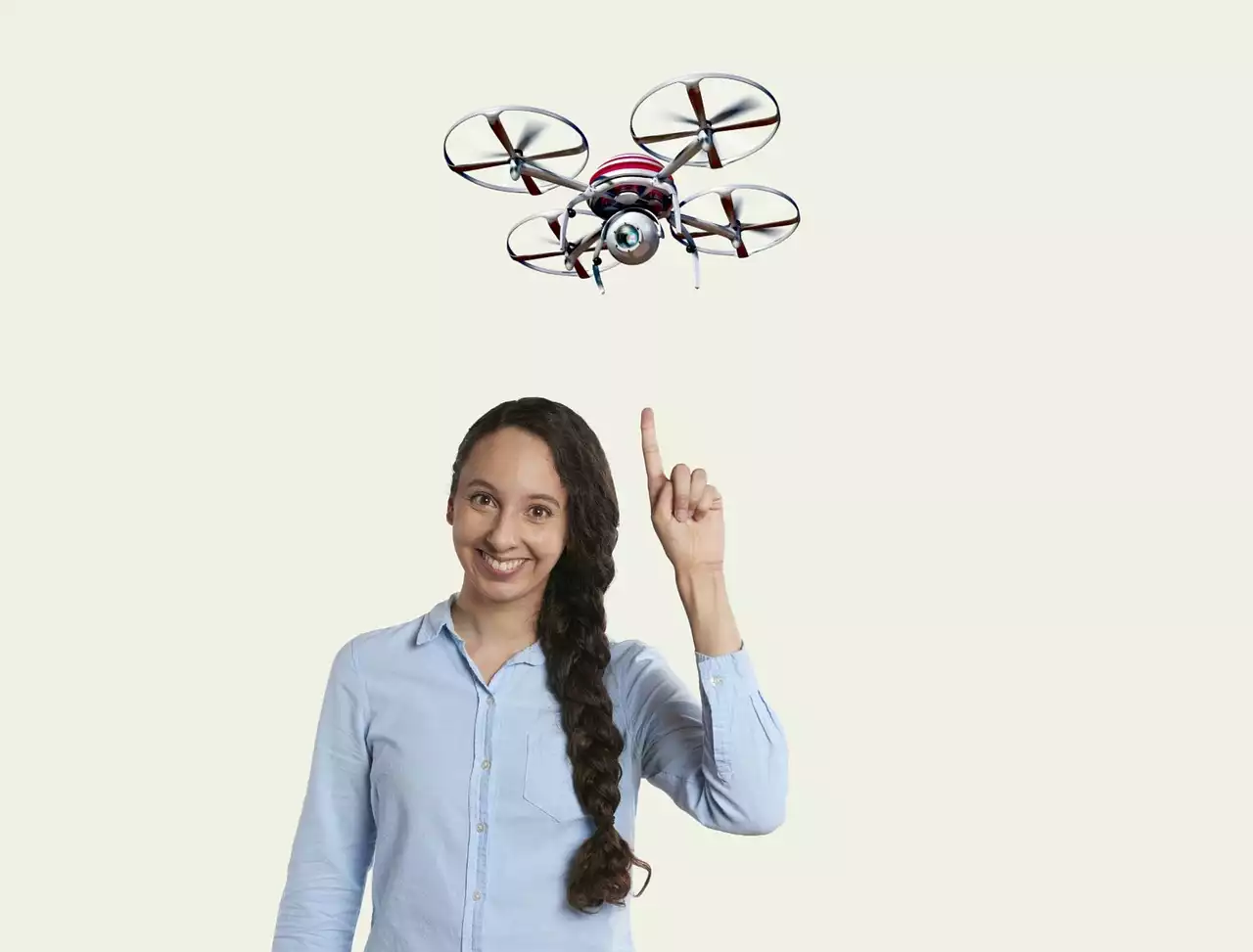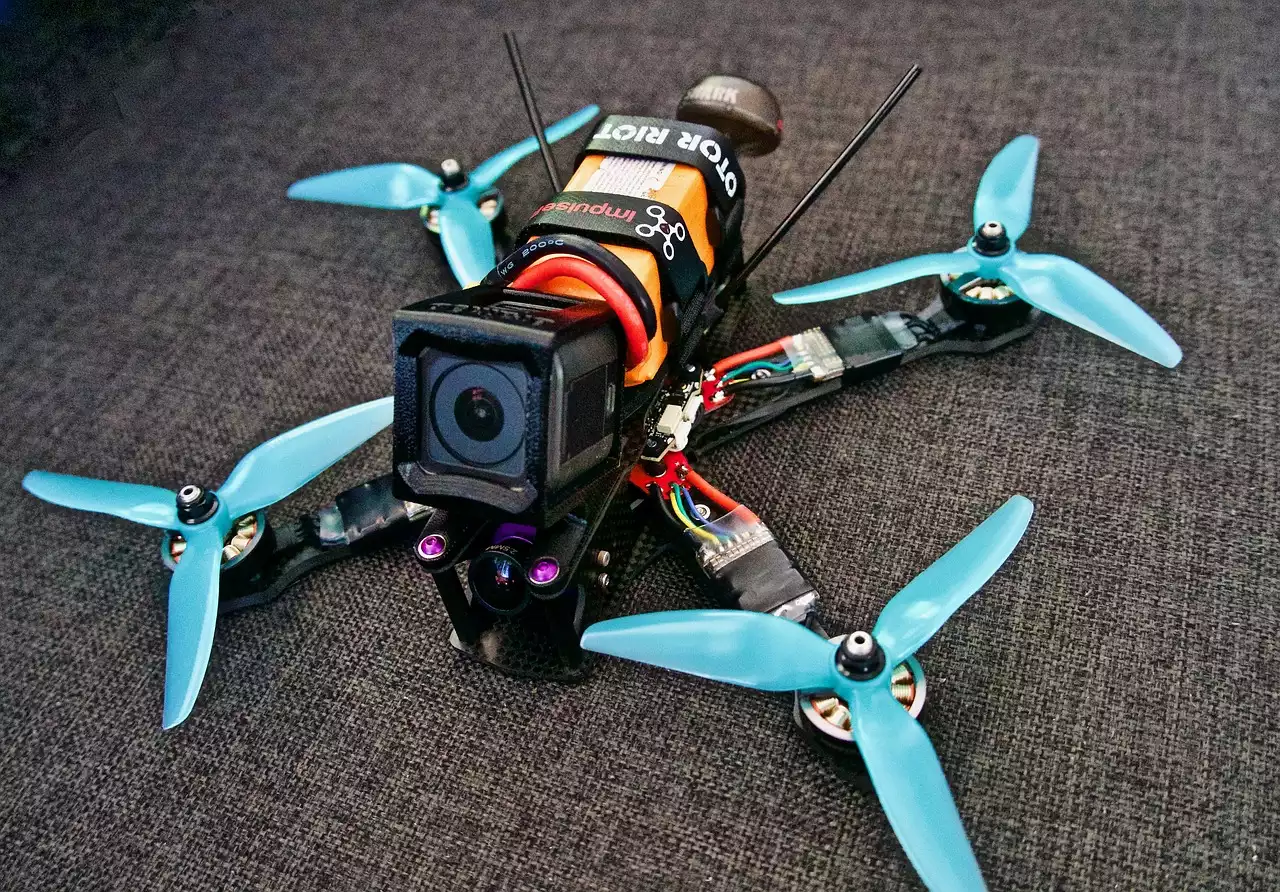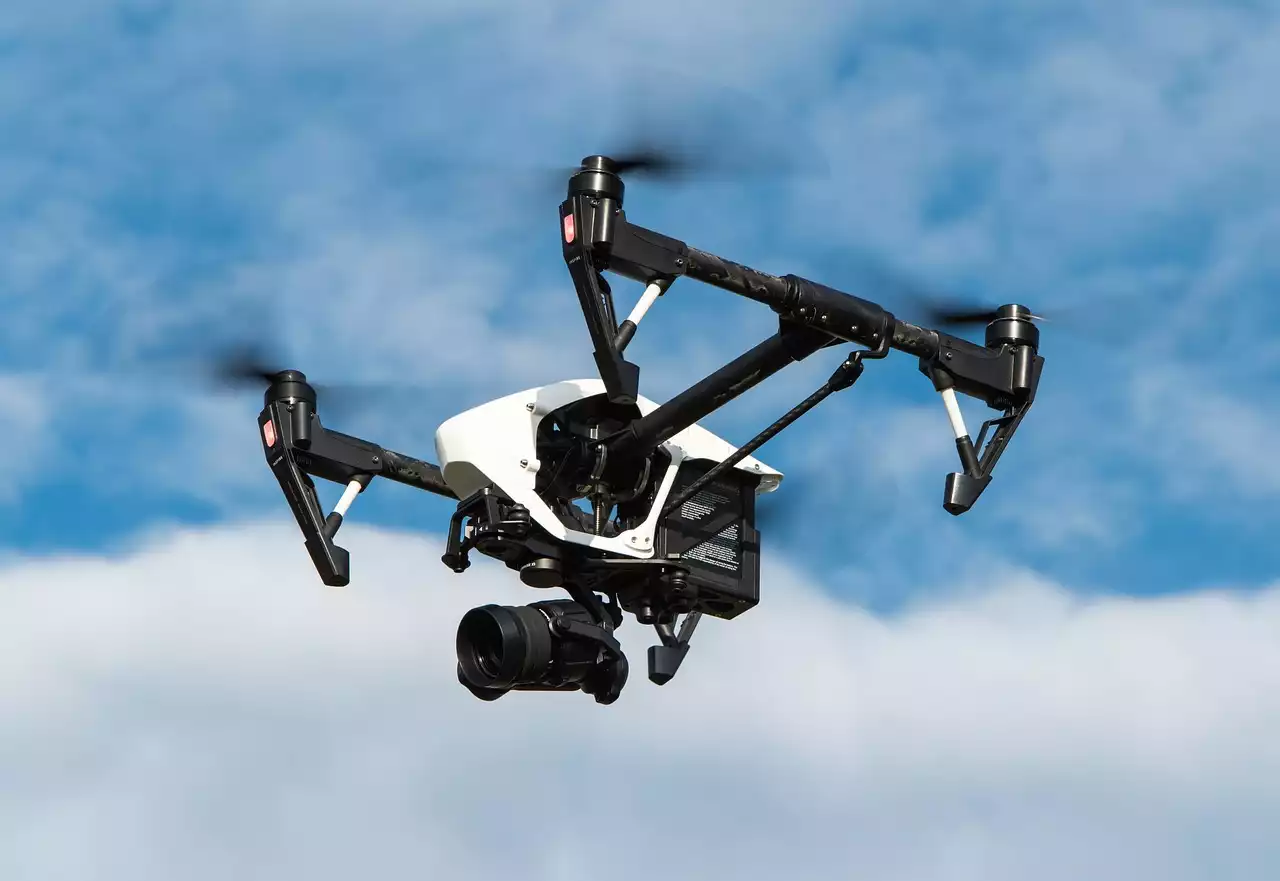Types of drones available
Drones come in a variety of shapes, sizes, and specifications, so it can be difficult to choose which kind to buy. There are quadcopters, hexacopters, octocopters, and other types of drones, making it difficult to choose. Below, we have outlined some of the main types of drone available so you can make an informed decision when buying your first drone.
- Quadcopters - Quadcopters are the most common type of drone. These usually come with four propellers that are arranged in a square. Quadcopters are usually inexpensive, making them a popular choice for beginners. Some quadcopters can be operated with a smartphone, which makes them very convenient to fly. Quadcopters are popular due to their low cost and ease of use, making them a good choice for beginners.
- Hexacopters - Also known as a six-rotor drone, hexacopters are basically multi-rotor copters that typically feature six rotors. These types of drones are often used for aerial photography or videography as they can provide a high degree of stability and control, even in windy conditions.
- Octocopters - Octocopters are large multi-rotor copters that feature eight rotors. Like hexacopters, octocopters have the advantage of being able to navigate tighter spaces, making them suitable for a variety of uses, including photography, videography, and inspection work.
Basic drone flying techniques
Once you’ve got your drone safely airborne, you can fly it using basic drone flying techniques. Of these, hovering is probably the most important and will come naturally with practice.
- Orientation - Orientation is the most important technique when flying your drone. Orientation simply means knowing which direction you are facing while flying your drone. If you fly your drone towards a building, you could potentially hit the building or someone on the ground. This is why it is so important to know which way you are facing while flying. You can orient your drone by looking at the sky and following the direction the sun is in. Alternatively, you can use a quadcopter’s remote controller to follow a direction. Orientation does take a bit of practice, but with a bit of effort you will soon be orienting your drone in no time.
- Hovering - Hovering refers to keeping your drone in the air without moving it. This is essential for avoiding collisions with obstacles or other objects in the air. You can hover your drone using basic drone flying techniques, for example, by moving your hand sideways to turn your drone or by using your phone to control the direction your drone flies in.
- Flipping - Flipping your drone is another basic drone flying technique that allows you to control your drone’s direction. Begin flipping your drone by lifting one hand off the controller while keeping the other on it to keep the drone in place. Then, flick your hand left or right to turn your drone in that direction. Once you have flipped your drone in the desired direction, bring your hand back to the center position to stop the rotation.
Safety procedures
There are a few safety procedures you should always follow when flying a drone. The first is to orient your drone correctly. Orientation is the most important aspect of safe drone flying and will come naturally with practice. Next, always wear a tethered safety harness while flying a drone. This will prevent you from falling from a great height or causing damage to your drone. Finally, always carry out a preflight inspection of your drone. Before each flight, inspect your drone for any abnormalities, such as damaged propellers or loose parts that may pose a risk to you or others.
Drone flying tips and tricks
While flying your drone, don’t forget to keep your eyes on the skies and enjoy the experience. This is especially important when learning how to fly a drone for the first time, as it can be daunting and stressful when you are worried about crashing your drone.
- Practice makes perfect. Although it may seem like you are getting better at drone flying the more you do it, it will take a long time before you feel completely comfortable. Be patient, have fun, and don’t stress too much.
- Get acquainted with the basics of orientation. Orientation is the most important aspect of safe drone flying and will come naturally with practice. Next, always wear a tethered safety harness while flying a drone. This will prevent you from falling from a great height or causing damage to your drone. Finally, always carry out a preflight inspection of your drone. Before each flight, inspect your drone for any abnormalities, such as damaged propellers or loose parts that may pose a risk to you or others.
- Pick the right spot. This can make a huge difference in terms of where you fly your drone and whether you are having a fun or dangerous experience. A safe, legal area is best. If you feel like you are flying in an unsafe area or in the wrong place, it may be a good idea to pick a different spot.
- Control your speed. While it is tempting to pick up speed when you get the hang of hovering and flipping, you should always try to maintain a steady speed. This is important when flying your drone in public places, such as parks or sports fields, as it is illegal to fly your drone above these areas.
- Follow the rules. Even if you are in a legal area, it is important to follow the rules when flying your drone, as some areas may have restrictions, such as no flying above a sports field during a game.
Drone racing tips
Drones are becoming more and more popular as a hobby and a sport, and there are even drone racing competitions. These events involve small, fast drones that race through a course with obstacles and a finish line. While racing your drone, it’s important to keep your eyes on the skies, as this is where you will need to pilot your drone through each course. This can be challenging, as it requires you to keep track of two different objects at the same time.
